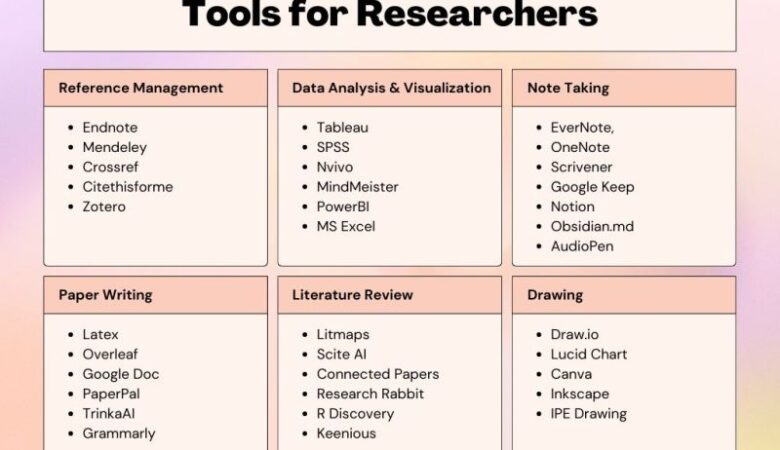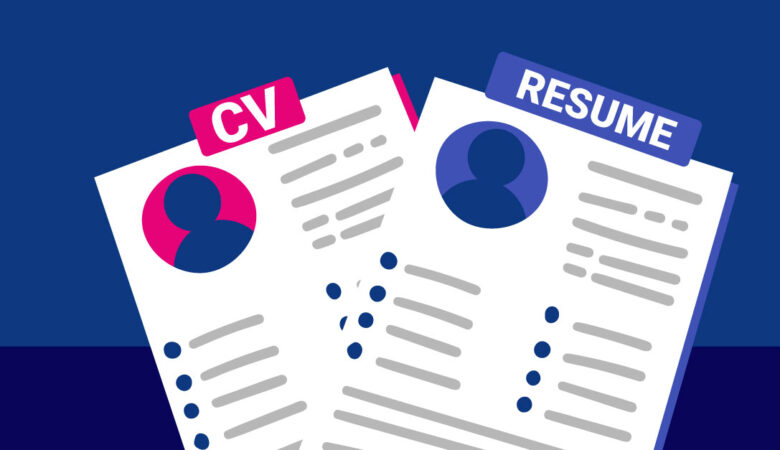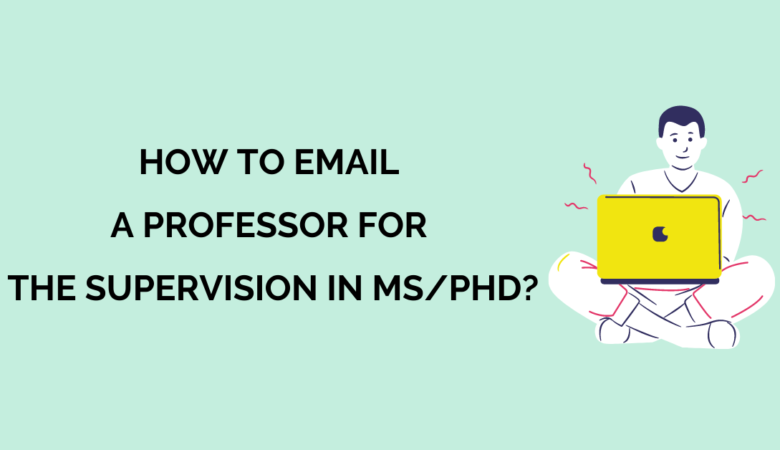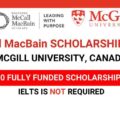The United States remains the world’s premier destination for higher education, hosting over 1,000,000 international students—nearly 5% of the total enrollment in U.S. colleges and universities. Since the mid-1950s, when international enrollment was just 35,000, the U.S. has built a legacy of academic excellence, research innovation, and cultural diversity that continues to attract ambitious learners worldwide.
Key Benefits of Studying in the USA
World-Renowned Institutions: Home to 7 of the top 10 global universities, the U.S. leads in rankings like QS World University Rankings and Times Higher Education.
Cutting-Edge Research: From MIT’s breakthroughs in artificial intelligence to Stanford’s biotech innovations, U.S. universities pioneer discoveries that shape our future.
Diverse Academic Programs: Choose from over 4,500 undergraduate and 1,900 graduate institutions offering specialized majors, interdisciplinary studies, and flexible curricula.
Networking & Career Prospects: Alumni networks at institutions such as Harvard, Columbia, and Caltech open doors to Fortune 500 companies, Silicon Valley startups, and global NGOs.
Cultural Immersion: Experience America’s multicultural mosaic—from Broadway in New York to tech hubs in San Francisco—while making lifelong friendships across borders.
Top Universities in the USA for International Students
Below is a curated list of top U.S. universities celebrated for their supportive international student services, global research partnerships, and stellar academic reputations:
| University | Location | Strengths | International Admissions |
|---|---|---|---|
| Massachusetts Institute of Technology (MIT) | Cambridge, MA | Engineering, Computer Science, Entrepreneurship | MIT Admissions |
| Stanford University | Stanford, CA | Business, Engineering, AI | Stanford Admissions |
| Harvard University | Cambridge, MA | Law, Medicine, Business | Harvard Admissions |
| California Institute of Technology (Caltech) | Pasadena, CA | Physics, Biology, Aerospace | Caltech Admissions |
| University of Chicago | Chicago, IL | Economics, Social Sciences | UChicago Admissions |
| Columbia University | New York, NY | Journalism, Arts, Law | Columbia Admissions |
| Carnegie Mellon University | Pittsburgh, PA | Computer Science, Robotics | CMU Admissions |
| Georgia Institute of Technology | Atlanta, GA | Engineering, Data Science | Georgia Tech Admissions |
| Rice University | Houston, TX | Materials Science, Architecture | Rice Admissions |
| University of California, Berkeley (UC Berkeley) | Berkeley, CA | Environmental Science, Sociology | Berkeley Admissions |
Pro Tip: Review each university’s international student office website for details on orientation programs, English support, and visa guidance.
Universities in the USA Without IELTS
For many international students, English proficiency tests can pose a barrier. Fortunately, numerous U.S. institutions accept alternatives to IELTS or waive this requirement under specific conditions:
| University | Alternative to IELTS | Conditions |
|---|---|---|
| University of Colorado Boulder | Duolingo English Test (DET) | Recent secondary education in English |
| Drexel University | TOEFL, PTE Academic | Complete Drexel English Language Center (DELC) |
| University of Arkansas | SAT/ACT English scores | High school diploma from English-medium school |
| University of Dayton | Cambridge C1 Advanced | Bridge program completion |
| California State University System | CSU English Placement Test | EAP course completion |
| University of New Orleans | DET, TOEFL iBT | Minimum GPA criteria |
| University of Delaware | PTE, TOEFL iBT | Intensive English Institute (IEI) pathway |
| University of North Alabama | SAT/ACT | English-medium secondary education |
| Rice University | TOEFL, DET | English for Academic Purposes (EAP) certificate |
Note: Always consult the university’s official admissions portal for the most current test policies and waiver criteria.
USA Scholarships for International Students
Securing a USA scholarship can dramatically reduce expenses. Funding options include:
1. U.S. Government Scholarships
Fulbright Foreign Student Program: Fully funds Master’s/PhD studies; covers tuition, airfare, living stipend, and health insurance. Apply via EducationUSA
Hubert H. Humphrey Fellowship: Non-degree professional development; includes tuition, travel, and living costs.
2. University-Specific Scholarships
Temple University Merit Scholarships: Up to 50% tuition for exceptional applicants.
Miami University Presidential Scholarships: CAD $20,000/year for outstanding first-year students.
University of Miami Stamps Scholarship: Full tuition + housing for high-achieving freshmen.
Stanford Knight-Hennessy Scholars: Full funding for graduate studies + leadership training.
Rice University Rice Investment: Covers up to 100% demonstrated need.
3. Private & Non-Profit Grants
- Rotary Foundation Global Grants: Funds graduate-level coursework in areas like peace studies.
- AAUW International Fellowships: Supports women pursuing full-time graduate study.
Action Item: Use portals like Opportunity Portal and EducationUSA to discover and track deadlines.
Cost to Study in the USA
While the U.S. is known for high tuition, strategic planning can keep costs manageable:
| Institution Type | Tuition (2018/19) | Total Cost & Living |
|---|---|---|
| Community College | $3,660/year | $17,930 (incl. living) |
| In-State Public | $10,230/year | $25,890 total |
| Out-of-State Public | $26,290/year | $41,950 total |
| Private Non-Profit | $35,830/year | $52,500 total |
Money-Saving Tips:
- Begin at a community college for first two years, then transfer to a 4-year institution.
- Apply for on-campus jobs (work-study) and graduate assistantships.
- Live off-campus in shared housing to split rent and utilities.
How to Apply for a USA Study Visa
International students typically apply for an F-1 or M-1 visa via the U.S. Department of State:
- Get Form I-20 or DS-2019 from your SEVP-certified school.
- Pay the I-901 SEVIS fee ($350).
- Complete the DS-160 non-immigrant visa application.
- Schedule a visa interview at your nearest U.S. consulate.
- Gather Documents:
- Passport (valid 6+ months)
- I-20/DS-2019 form
- DS-160 confirmation
- SEVIS fee receipt
- Financial evidence (bank statements, scholarship letters)
- Academic transcripts & standardized test scores
- Attend Visa Interview: Be prepared to discuss your study plans, ties to home country, and financial readiness.
Official Resources:
- EducationUSA: https://educationusa.state.gov/
- U.S. Visa Information: https://travel.state.gov/content/travel/en/us-visas.html
Can I Study in the USA for Free?
While entirely tuition-free colleges are rare, you can offset costs by:
Winning full scholarships (e.g., Fulbright, Stamps, Knight-Hennessy)
Securing graduate assistantships ($15,000–$30,000 stipend + tuition waiver)
Enrolling in tuition-free institutions like the United States Service Academies (West Point, Naval Academy)—highly competitive military academies with no tuition.
Can I Get a Full Scholarship in the USA?
Yes. Prestigious fully funded scholarships include:
- Fulbright Foreign Student Program (all fields, fully funded)
- Knight‐Hennessy Scholars (Stanford, up to $245,000)
- Rhodes Scholarship (Oxford—funds U.S. citizens to study in UK)
- Gates Cambridge Scholarship (for U.S. residents to study in Cambridge)
Key Strategy: Craft a compelling Statement of Purpose and Scholarship Essay that highlight leadership, innovation, and research potential.
Can I Get a Scholarship in the USA Without IELTS?
Some U.S. universities accept substitutes for IELTS, such as:
- TOEFL iBT
- Duolingo English Test
- PTE Academic
- SAT/ACT evidence of English proficiency
- Completion of English Language Programs at U.S. institutions
Always verify with each university’s international admissions web page for up-to-date policies.
How Much Does It Cost to Live in the USA as a Student?
Estimate monthly living expenses (varies by city):
| Expense | Cost (US$) |
|---|---|
| Housing (shared) | 500–1,200 |
| Food & Groceries | 250–400 |
| Transportation | 50–100 |
| Utilities & Internet | 100–150 |
| Health Insurance | 75–150 |
| Miscellaneous | 100–200 |
| Total | 1,075–2,200 |
Tip: Cities like Austin, Pittsburgh, or Raleigh offer lower living costs compared to New York City or San Francisco.
Conclusion
The USA remains the top study destination for international students, offering unmatched academic resources, cultural experiences, and career pathways. By targeting leading universities, leveraging scholarships, and understanding visa and cost considerations, you can turn the American Dream into your reality.
Next Steps:
- Shortlist top U.S. universities aligned with your field.
- Explore scholarships like Fulbright, Stamps, and Knight-Hennessy.
- Prepare your visa application early via EducationUSA and U.S. consulate guidelines.
- Budget for tuition, living expenses, and part-time work-study.
Start your journey today—your USA education awaits!







I am very interested